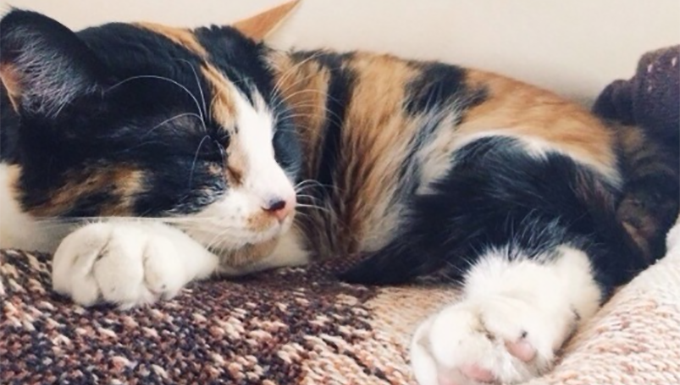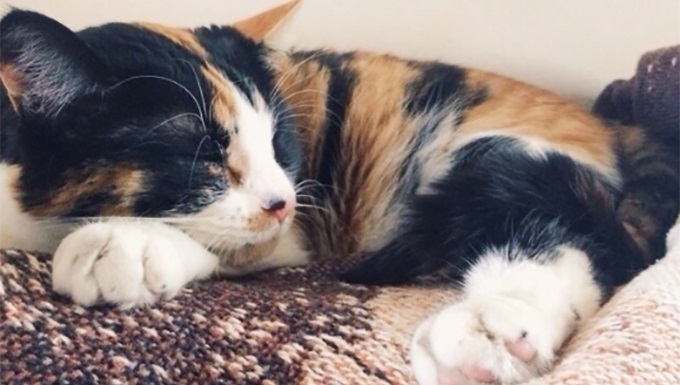
When I adopted a calico kitten, Pookie, several years ago, I didn’t think twice about the fact that she’s female. I wanted to get a female cat, and Pookie was adorable and fit with my personality, so that was that.
As…


When I adopted a calico kitten, Pookie, several years ago, I didn’t think twice about the fact that she’s female. I wanted to get a female cat, and Pookie was adorable and fit with my personality, so that was that.
As…








